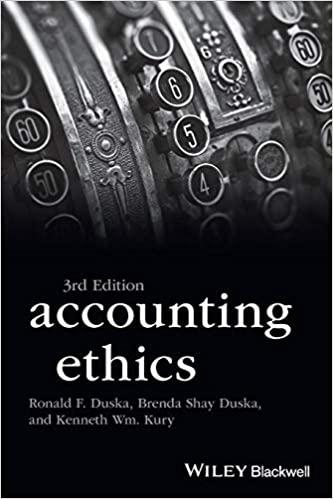




Estimated sales 21,000 books Beginning inventory O O books Average selling price $79 per book Variable production costs $49 per book Fixed production costs $378,000 per semester The fixed-cost allocation rate is based on expected sales and is therefore equal to $378,000 = 21,000 books = $18 per book. Requirement 1. Calculate expected gross margin if Bailey produces 21,000, 25,200, or 29,400 books. (Make sure you include the production-volume variance as part of cost of goods sold.) Calculate the gross margin for each level of production. Begin with 21,000 books, then 25,200 books, and lastly 29,400 books. (Enter a "0" for any zero balance accounts. If an account does not have a variance, do not select a label.) 29,400 books 21,000 books $1,659,000 1,491,000 25,200 books $1,659,000 Revenues $ 1,659,000 Cost of goods sold 1,491,000 105,000 F 1,491,000 210,000 0 Production-volume variance F Net cost of goods sold 1,491,000 1,386,000 1,281,000 Gross margin $ 168,000 $ 273,000 $ 378,000 Requirement 2. Calculate ending inventory in units and in dollars for each production level. (Complete all input fields. For amounts with a "0" unit or dollar balance, make sure to enter "0" in the appropriate cell.) 21,000 books 25,200 books 29,400 books Beginning inventory O books 0 books 0 books Production 21,000 25,200 29,400 21,000 21,000 21,000 Sales Ending inventory books 4,200 books 8,400 books $ 71 $ 71 $ 71 Cost per book $ $ 298,200 $ 596,400 Cost of ending inventory Requirement 3. Managers who are paid a bonus that is a function of gross margin may be inspired to produce a product in excess of demand to maximize their own bonus. There are metrics to discourage managers from producing products in excess of demand. Do you think the following metrics will accomplish this objective? Show your work. a. Incorporate a charge of 15% of the cost of the ending inventory as an expense for evaluating the manager. (Complete all input fields. For a $0 change, make sure to enter "0" in the appropriate cell.) 21,000 books 25,200 books 29,400 books Gross margin Ending inventory charge Adjusted gross margin Do you think the metric would accomplish the objective of discouraging managers from producing products in excess of demand? Adjusting for ending inventory does to some degree mitigate the increase in inventory associated with excess production. Therefore, it may be difficult to mechanically compensate for all of the increased income. In addition, it does nothing to hold the manager responsible for the poor decisions from the organization's standpoint. b. Include nonfinancial measures when evaluating management and rewarding performance. One nonfinancial measure is to compute the excess production ratio. Determine the formula, then compute the ratio at each production level. (Round the ratios to two decimal places.) # of books Production units Sales units = Excess production ratio 1 21,000 25,200 21,000 25,200 21,000 21,000 + 1.2 29,400 29,400 21,000 1.4 A ratio of ending inventory to beginning inventory is not possible since beginning inventory was 0. A change in inventory level can be used instead. The non-financial measures must be incorporated into the reward function of the manager to be useful











